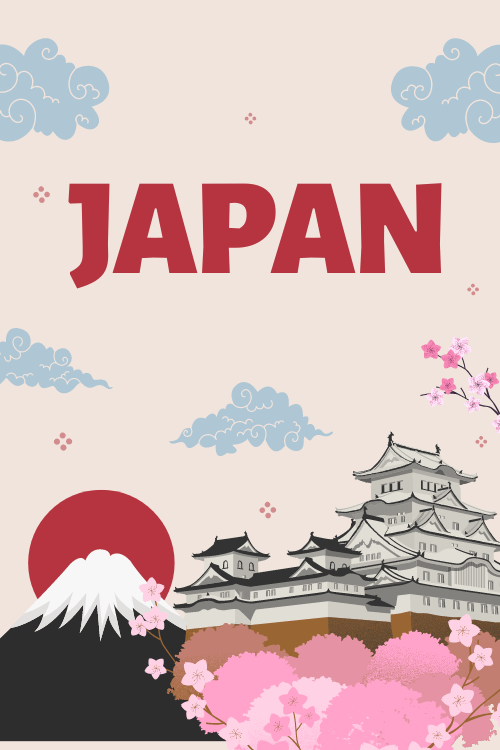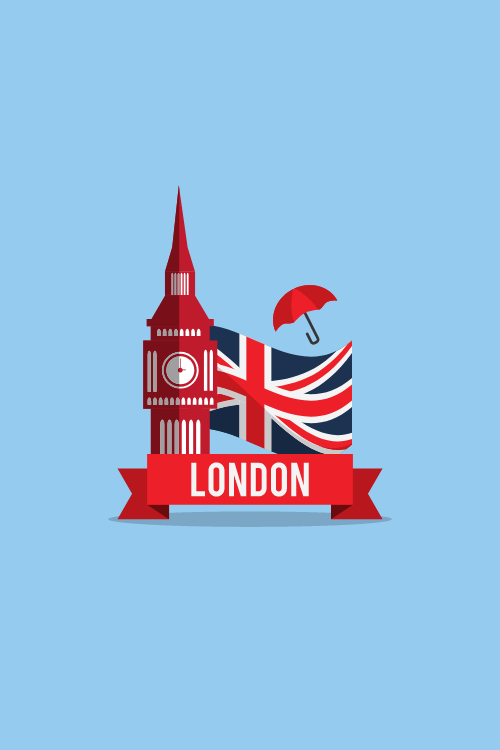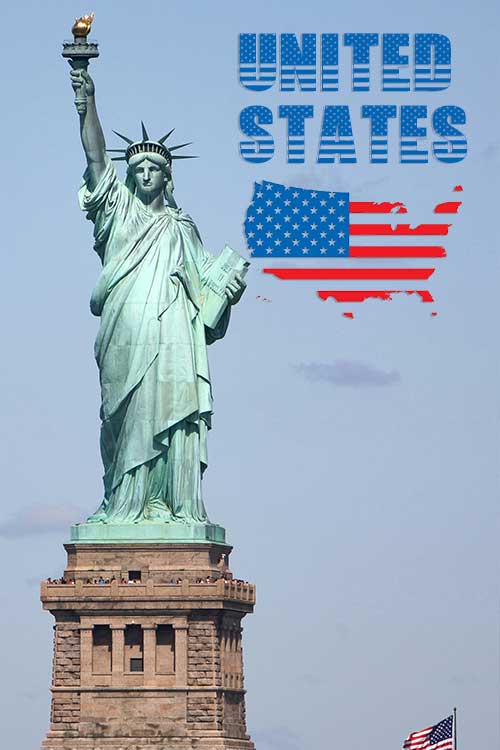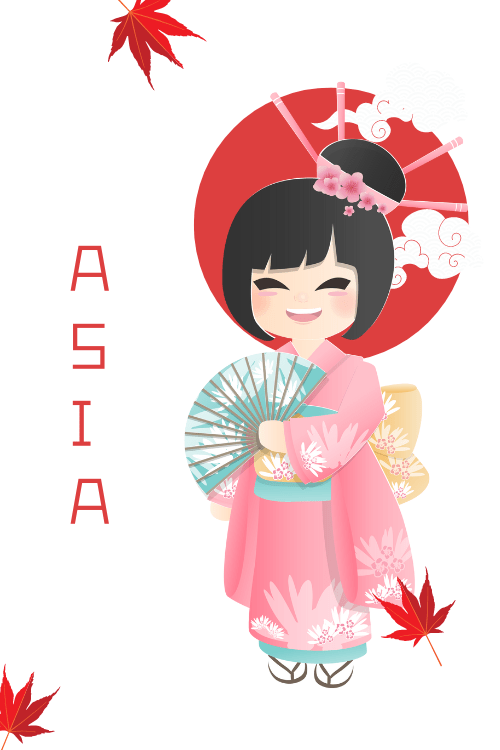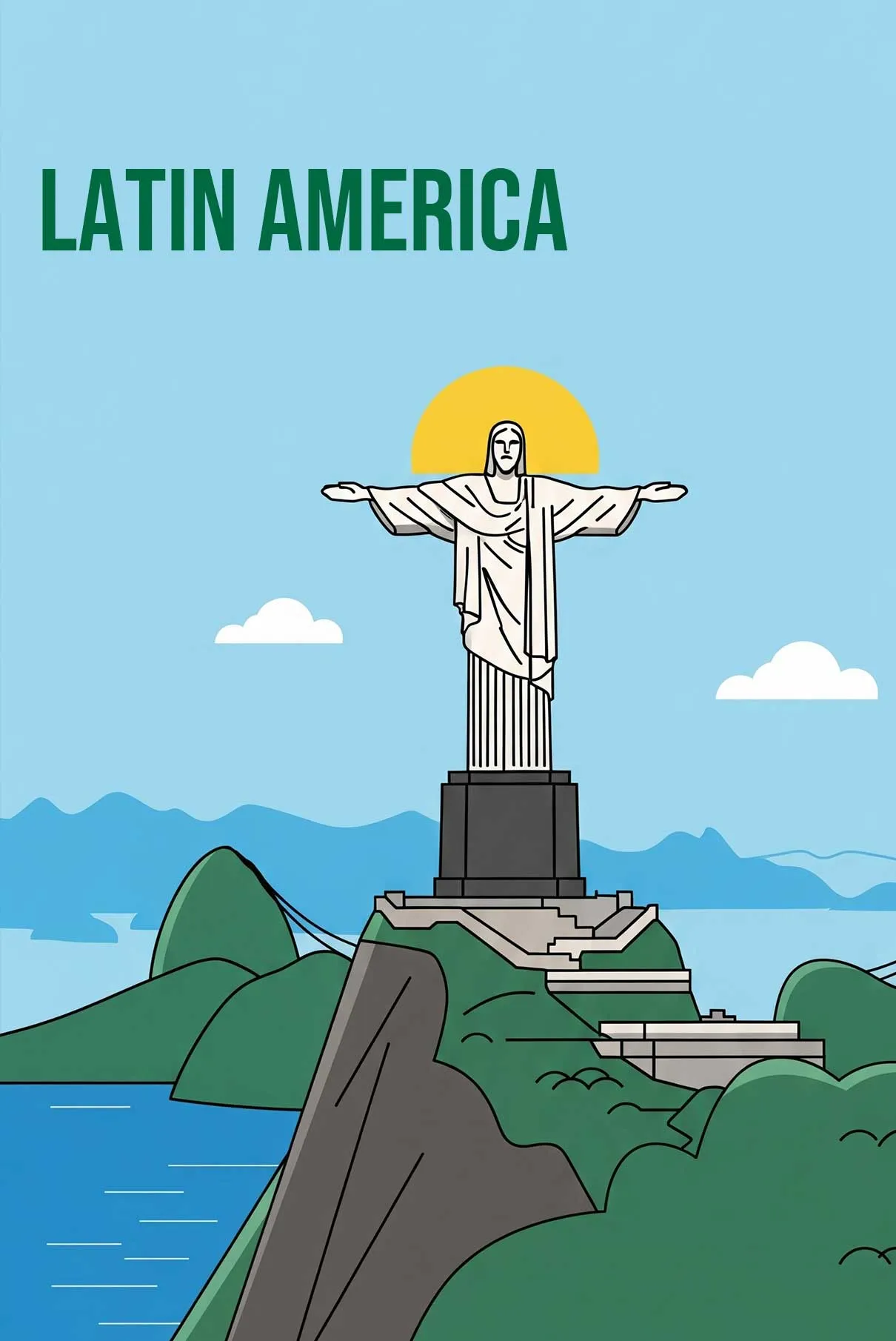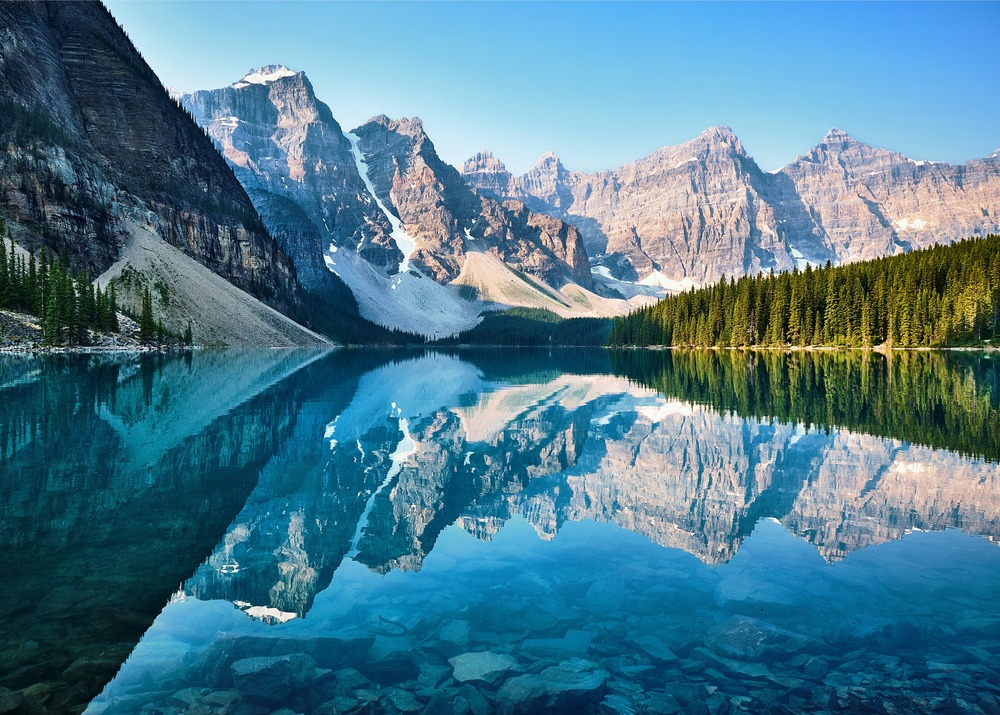Best Time To Visit, eSIM Canada
Best Time to Visit Canada: Discover the Ideal Seasons for Your Trip
What is the Best Time to Visit Canada?
Understanding Canada’s Climate and Seasons
Canada is a vast country spanning six time zones, with dramatically different weather patterns from coast to coast. The climate varies significantly between regions, making it crucial to understand seasonal changes when planning your visit.
In the southern regions, including major cities like Toronto, Montreal, and Vancouver, summers are generally warm and pleasant, while winters can be cold with substantial snowfall. The prairie provinces experience more extreme temperature variations, with very cold winters and warm summers.
The best time to visit Canada largely depends on what you want to experience. Summer months, particularly July and August, mark the peak season when national parks become more accessible, and outdoor activities are in full swing. However, this also means larger crowds and higher prices.
Best Time to Travel to Canada for Outdoor Activities
For outdoor enthusiasts, the shoulder seasons of spring (April and May) and fall (September and October) offer excellent opportunities. Spring brings mild temperatures ideal for hiking and wildlife viewing, while fall presents stunning fall foliage displays, especially in eastern Canada.
Summer is prime time for hiking, camping, and exploring Canada’s numerous national parks. The weather is most reliable during these months, with comfortable temperatures for outdoor activities. However, some activities, like skiing in the Canadian Rockies, are best enjoyed during winter months.
Comparing Peak Season and Off-Peak Season
Peak season in Canada typically runs from June through September. During these summer months, you’ll find the widest range of available activities, but also the highest prices and largest crowds. Popular destinations like Banff, Vancouver Island, and Niagara Falls can become quite busy.
Off-peak season, from November to April, offers lower prices and fewer tourists. Winter sports enthusiasts will find this the ideal time to visit, particularly in British Columbia and the Rockies. Many cities also host winter festivals and events, featuring ice and snow sculptures.
When is the Best Time to Ski in Canada?
Top Ski Destinations in British Columbia
British Columbia stands out as Canada’s premier skiing destination, with Whistler Blackcomb leading the pack as one of North America’s most renowned ski resorts. The coastal mountains offer exceptional skiing conditions, with Whistler receiving an average annual snowfall that creates perfect powder conditions for winter sports enthusiasts.
Vancouver’s North Shore mountains – Cypress, Grouse, and Seymour – provide convenient skiing options just minutes from the city. Interior British Columbia also boasts excellent ski resorts, including Sun Peaks, Big White, and Revelstoke, each offering unique terrain and spectacular mountain views.
Best Months for Skiing and Snow Sports
The ski season in Canada typically runs from late November through early April, with January and February offering the most reliable conditions. December brings the holiday crowds and festive atmosphere, while March often provides excellent spring skiing conditions with longer daylight hours and milder temperatures.
Fresh tracks in powder snow are most likely during peak winter months, making this the ideal time for serious skiers. Many resorts also offer night skiing, extending the available time on the slopes during the shorter winter days.
Weather Considerations for Skiing in Canada
Weather patterns vary significantly between coastal and interior regions. Coastal areas like Whistler tend to have wetter, heavier snow, while interior resorts in the Canadian Rockies typically experience lighter, drier powder. Temperature fluctuations can affect snow conditions, with coastal regions generally experiencing milder temperatures compared to interior locations.
It’s important to note that extreme weather can impact skiing conditions and access to resorts. The Rocky Mountains can experience very cold temperatures in mid-winter, while coastal areas might see rain at lower elevations. Many experienced skiers prefer February and early March for the best combination of reliable snow conditions and more moderate temperatures.
What About Visiting Eastern Canada?
Best Time of Year to Visit Toronto and Montreal
Eastern Canada’s major cities, Toronto and Montreal, are vibrant year-round destinations, but each season offers unique experiences. Summer months bring warm temperatures and numerous outdoor festivals, including Montreal’s Jazz Festival and Toronto’s Caribbean Carnival. Spring and fall offer mild temperatures perfect for urban exploration and sightseeing.
Winter in these cities, while cold, transforms them into winter wonderlands with outdoor skating rinks, holiday markets, and festive celebrations. Montreal particularly embraces winter with events like Igloofest and the Montreal En Lumiere festival. Toronto’s PATH system – the world’s largest underground pedestrian complex – provides comfortable ways to explore during cold weather.
Exploring Fall Colors in Eastern Canada
Fall foliage in eastern Canada is a spectacular natural phenomenon that typically peaks between mid-September and mid-October. Ontario and Quebec’s maple forests create a stunning display of red, orange, and golden hues. The province of Quebec, particularly the Laurentian Mountains north of Montreal, offers some of the most dramatic fall color displays in North America.
Popular spots for viewing fall colors include Ontario’s Algonquin Provincial Park, Quebec’s Eastern Townships, and the Niagara Escarpment. The timing of peak colors varies by latitude and elevation, with northern regions turning earlier than southern areas.
Activities to Enjoy in Eastern Canada During Each Season
Each season in eastern Canada brings distinct opportunities. Summer is perfect for exploring Toronto’s waterfront, visiting Niagara Falls, or enjoying Montreal’s outdoor cafes and festivals. Spring brings maple syrup festivals and the emergence of colorful gardens, particularly during Ottawa’s famous Tulip Festival.
Fall is ideal for wine tasting in Ontario’s Niagara region or hiking through colorful forests. Winter offers opportunities for ice skating on the Rideau Canal in Ottawa, skiing in Quebec’s Laurentians, or enjoying winter carnivals. The shoulder seasons of spring and fall often provide the best value for travelers, with fewer crowds and comfortable temperatures for sightseeing.
Best Time to Visit the Coast of Canada
Ideal Time for Whale Watching and Other Coastal Activities
The coast of Canada offers incredible marine experiences, with whale watching being a major draw. The best time for whale watching varies by location and species. On the west coast, particularly around Vancouver Island, gray whales can be spotted from March to October, while orcas are present year-round. The peak season for whale watching on the Atlantic coast runs from June to September, when humpback whales and other species frequent the waters off Nova Scotia and Newfoundland.
Other coastal activities like kayaking and sailing are best enjoyed during the summer months when waters are calmer and temperatures more comfortable. The shoulder seasons can also provide excellent opportunities for coastal exploration with fewer tourists.
Weather Patterns Along the Coast of Canada
The west coast of Canada, influenced by the Pacific Ocean, experiences relatively mild temperatures year-round but receives significant rainfall, particularly from November to March. Vancouver Island and the British Columbia coast enjoy the country’s mildest winters but can expect considerable precipitation during the wet season.
The Atlantic coast experiences more dramatic seasonal changes. Summer brings pleasant temperatures and fog, particularly around Nova Scotia and Newfoundland. Winter storms can be severe, but the maritime climate keeps temperatures generally milder than inland regions. Spring tends to be cool and wet, while fall offers relatively stable weather and fewer tourists.
Highlights of Visiting Vancouver Island
Vancouver Island presents different attractions throughout the year. Summer months are ideal for exploring the island’s beaches, hiking trails, and charming coastal towns like Victoria and Tofino. The island’s mild climate makes it possible to golf year-round, though winter brings occasional snow to higher elevations.
Storm watching has become a popular activity along the west coast of Vancouver Island during winter months, particularly in Tofino. Spring brings excellent opportunities for wildlife viewing and garden visits, with Victoria’s famous Butchart Gardens in full bloom. Fall offers pleasant temperatures for outdoor activities and fewer crowds, making it an excellent time for hiking and exploring the island’s numerous provincial parks.
What is the Best Time to Travel to British Columbia?
April and May: Spring Adventures in BC
Spring in British Columbia offers a unique blend of activities as the province transitions from winter to summer. April and May present excellent opportunities for outdoor adventures with mild temperatures and fewer tourists. In the valleys, spring wildflowers begin to bloom while snow still caps the mountain peaks, creating spectacular photo opportunities throughout the Canadian Rockies.
During these months, you can often ski in the morning at higher elevations and golf or hike in the valley the same afternoon. The shoulder season also means better rates on accommodations and less competition for reservations at popular destinations like Banff and Jasper National Parks.
Summer Months: A Great Time to Visit Vancouver and Whistler
Summer is the peak season in British Columbia, particularly in Vancouver and Whistler, where temperatures are comfortable and rainfall is minimal. Vancouver comes alive with festivals, outdoor markets, and beach activities. The city’s famous Stanley Park and numerous hiking trails are in prime condition for exploration.
Whistler transforms from a winter sports haven into a mountain biking and hiking paradise. The PEAK 2 PEAK Gondola offers spectacular views of the Coast Mountains, and the village buzzes with summer festivals and outdoor dining. While accommodation prices are higher during these months, the long daylight hours and reliable weather make it worth considering.
Winter Wonders: Skiing in the Canadian Rockies
Winter in British Columbia, particularly in the Canadian Rockies, offers world-class skiing and snowboarding opportunities. From December through March, resorts like Whistler Blackcomb, Sun Peaks, and those in the Interior region experience optimal snow conditions. The winter season also brings unique activities like dog sledding, ice climbing, and snowshoeing.
The mountains around Vancouver receive abundant snowfall while the city itself often remains relatively mild. This creates the unique opportunity to ski in the morning and golf in the afternoon during certain times of the year. Winter also brings cheaper accommodation rates in many areas, except for prime ski resorts during peak periods.
When Can You See the Northern Lights in Canada?
Best Locations for Viewing the Northern Lights
The northern lights, or Aurora Borealis, are best viewed in Canada’s northern regions. The Northwest Territories, particularly around Yellowknife, is considered one of the world’s premier destinations for aurora viewing. The area’s clear skies, low precipitation, and position under the auroral oval make it an ideal location for this spectacular natural phenomenon.
Other excellent viewing locations include Whitehorse in the Yukon Territory, Churchill in Manitoba, and various points across Nunavut. Even parts of northern Alberta, Saskatchewan, and British Columbia can offer opportunities to see the aurora, though displays are typically less frequent and intense than in more northern locations.
Ideal Months for Northern Lights Sightings
The best time to see the northern lights in Canada spans from late August to mid-April, with peak viewing opportunities during the winter months. December to March offers the darkest skies and longest viewing hours, making these months particularly favorable for aurora hunting. The winter months also typically have clearer skies, though extreme cold temperatures must be considered.
Fall and early spring can also provide excellent viewing opportunities with more moderate temperatures. September and March are often recommended as they offer a balance of decent viewing conditions and more manageable weather for most travelers.
Tips for Planning Your Northern Lights Adventure
Success in viewing the northern lights requires careful planning and patience. The ideal viewing conditions include clear, dark skies away from city light pollution. Many northern communities offer specialized tours and accommodations designed for aurora viewing, including heated viewing pods and photography workshops.
It’s recommended to plan stays of at least three nights to increase your chances of seeing the lights, as weather conditions and solar activity can vary. While the northern lights can sometimes be seen as early as 10 PM, the prime viewing hours are typically between midnight and 2 AM. Many hotels in prime viewing areas offer aurora wake-up calls when displays are visible.
How to Plan Your Visit Around Canada’s Best Weather?
Understanding Canada’s Diverse Climate
Canada spans six time zones and multiple climate regions, making weather patterns vary dramatically across the country. The west coast, including Vancouver and Vancouver Island, experiences mild temperatures year-round with significant rainfall in winter. The Canadian Rockies and interior regions see hot summers and cold winters with abundant snow. Eastern Canada, including Toronto, Montreal, and the Atlantic coast, experiences four distinct seasons with humid summers and cold winters.
Best Month to Visit for Ideal Weather
The prime time for comfortable weather across most of Canada is from June through September. July and August mark the peak season when temperatures are warmest and outdoor activities are in full swing. However, these months also bring larger crowds and higher prices. The shoulder seasons of May-June and September-October often provide excellent weather with fewer tourists and better rates.
Spring weather varies significantly, with April and May offering mild temperatures in most regions, though some mountain areas still experience winter conditions. Fall brings stunning colors and moderate temperatures, making it an ideal time to enjoy outdoor activities. Winter weather is extreme in many parts of Canada, but this season offers unique experiences like skiing, ice skating, and snow festivals.
Seasonal Activities and Festivals Across Canada
Canada’s climate guide shows that each season brings distinct opportunities for activities and celebrations. Summer features numerous festivals, including Canada Day celebrations nationwide and the Calgary Stampede. Fall months showcase spectacular fall foliage in eastern Canada and wine harvests in regions like the Okanagan Valley. Winter transforms the country into a playground for winter sports enthusiasts, with events like Quebec’s Winter Carnival and Ottawa’s Winterlude.
Fresh tracks can be found at ski resorts from November through April, while national parks become more accessible from late spring through early fall. The Rocky Mountains offer prime time for hiking from July through September. Whether you’re interested in outdoor adventures, cultural experiences, or natural phenomena like the Northern Lights, Canada has something to offer in every season.
Need Mobile Data While Traveling in Canada?
Stay connected throughout your Canadian adventure with an eSIM – the modern alternative to traditional SIM cards.
Instant activation means you can start using your eSIM as soon as you arrive in Canada, without the need to wait for physical delivery. You can keep your home number active while using local data, and coverage is available across all Canadian regions. Competitive rates compared to roaming charges make eSIMs an attractive option for travelers.
Multiple data packages are available to suit your needs, and easy top-up options ensure you never run out of data while exploring Canada’s vibrant culture.
Click here to see our Canada eSIM plans!
Related articles

